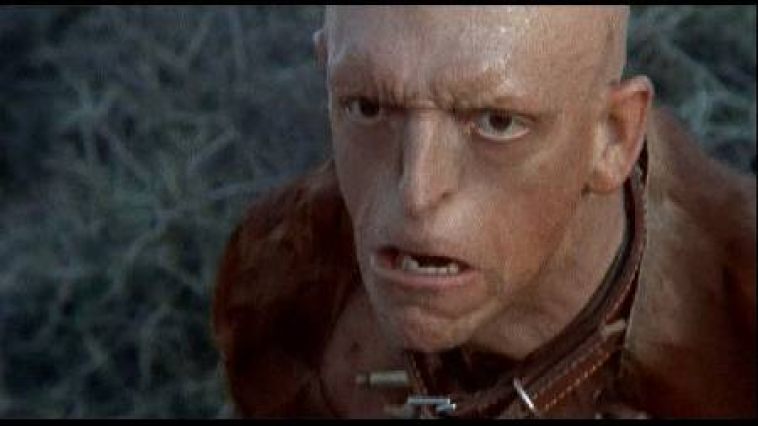|Finn Odum|

Movies are nothing without their environments. A location can dictate a film’s context, its characters’ values, and the movie’s tone. As a geographer, I’m trained to see the world in terms of place. I ask questions such as, how do people come together and interact in this space? What power dynamics are in play in this location? These questions are applicable in film analysis too, where setting functions within a genre. Horror movies rely on location as one of the genre’s conventions; a specific setting informs audiences of what’s going to occur, based on the setting’s atmosphere and past trends in film.
A cabin in the woods transforms into a bloody battleground in Friday the 13th and The Evil Dead. An unsuspecting city morphs into a monster’s stomping grounds in Godzilla and Cloverfield. And then there’s one of the most recognizable horror settings: a house in suburbia. Psychotic killers haunt the home space in Halloween and Black Christmas, along with pretty much every other mainstream slasher film.
Some of the most well known slashers come from the mind of director Wes Craven. The majority of his movies take place in cities or suburbs. A Nightmare on Elm Street and Scream both insert dangerous serial killers into suburbia, while his first work, The Last House on the Left, is a gory look at a suburban family’s revenge on their daughter’s murderer. This makes The Hills Have Eyes an anomaly in Craven’s filmography. The brutal 1977 cannibal film unfolds in the desert of Nevada, a far cry from the paved roads of his former films.
Unlike Craven’s other films, the audience doesn’t get the warm comfort of a home at the start of Hills. At the beginning, the director treats viewers to a wide panning shot of the titular hills. Don Peake’s opening score fills the vast desert with foreboding piano notes and coyote howls. When we finally get a sign of civilization, it’s not a picture-perfect house but a beaten-up gas station, surrounded by dust and debris.
When the Carter family, the film’s foolish protagonists, first roll up to the gas station, Fred the gas station attendant warns them it’s safer to stay on the road. Patriarch Bob Carter wants to leave the beaten path in order to find a silver mine.) While Fred is trying to protect them from the cannibals—the eyes in The Hills Have Eyes—the Carters’ first real obstacle is the desert itself. During an ill-fated attempt to find the mine, the family veers off the side of the road and crashes its vehicle. The Carters are lost in an unfamiliar environment with little food and water. The desert is dry, desolate, and foreign to the Cleveland natives.
If the Carters feel unsafe in the dry Nevada scenery, their enemies feel right at home. Unlike a home-invasion horror story, in which the killer enters the protagonist’s domain, The Hills Have Eyes leads the protagonists into the domain of the killers. The film’s cannibals have learned how to live in the desert with few supplies—albeit while eating other people—and can navigate the hills without a map. In Hills, the villains don’t just have murderous intent; they have home-field advantage.
In the Carters’ first interaction with the cannibals, brother Bobby tries to climb up a rocky hill in search of his missing dog. One of the cannibal brothers has lured the dog out and brutally beaten it. As Bobby attempts to climb the hill, his enemy scales it with ease and vanishes with nothing more than a bloody handprint. Throughout the sequence, the brother has used his familiarity with the desert to hide from Bobby. Setting isn’t just the backdrop here; it shows viewers just how vulnerable these people are.
The Hills Have Eyes is made whole by its setting. Although Tobe Hooper, a contemporary of Craven, told a similar story is told in Texas Chainsaw Massacre, the desert plays a heavier role in The Hills Have Eyes. The dry, barren hills drain the audience’s hope for the heroes’ survival. They also take away the comfort that the audience could get from a city or a suburban setting—or even that of a small town with more than a gas station.
The Hills Have Eyes reminds the audience that sometimes they don’t get to be comfortable. Anyone could be part of the family whose car gets stuck on the side of a deserted road. Anyone could land in an unfamiliar setting, with no resources for miles. You might not run into a family of ravenous cannibals, but you’re only as safe as where you’re standing.
The Hills Have Eyes screens from Friday, October 25 to Sunday, October 27 at the Trylon Cinema as part of a cannibalistic double feature with Ravenous. Get tickets and learn more here.
Edited by Greg Hunter.
